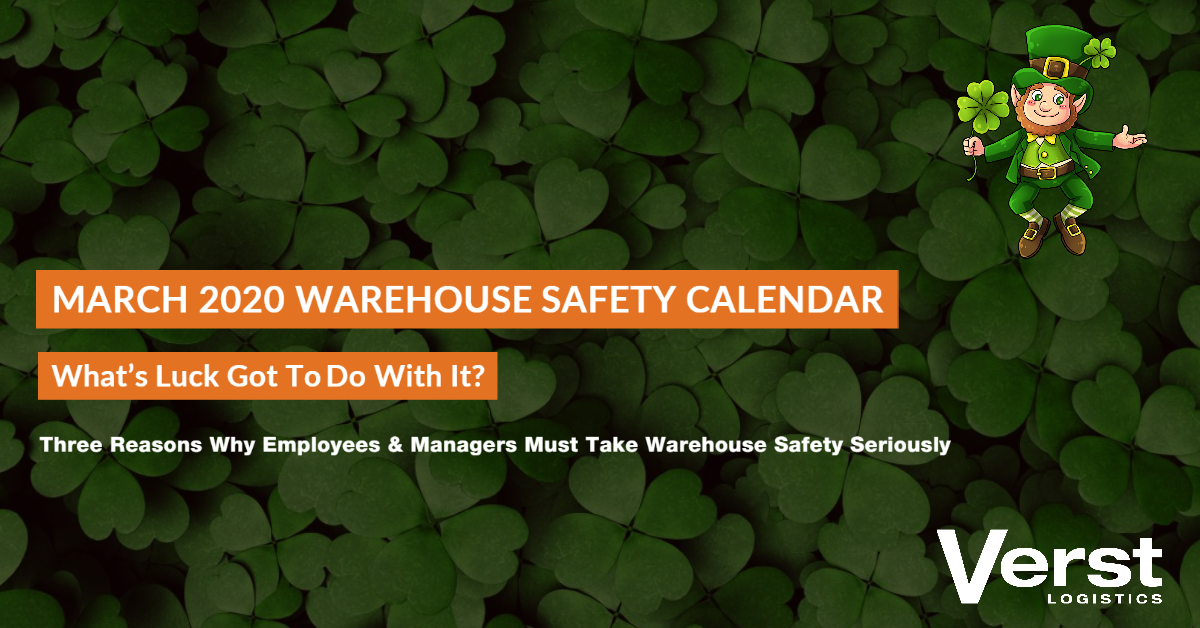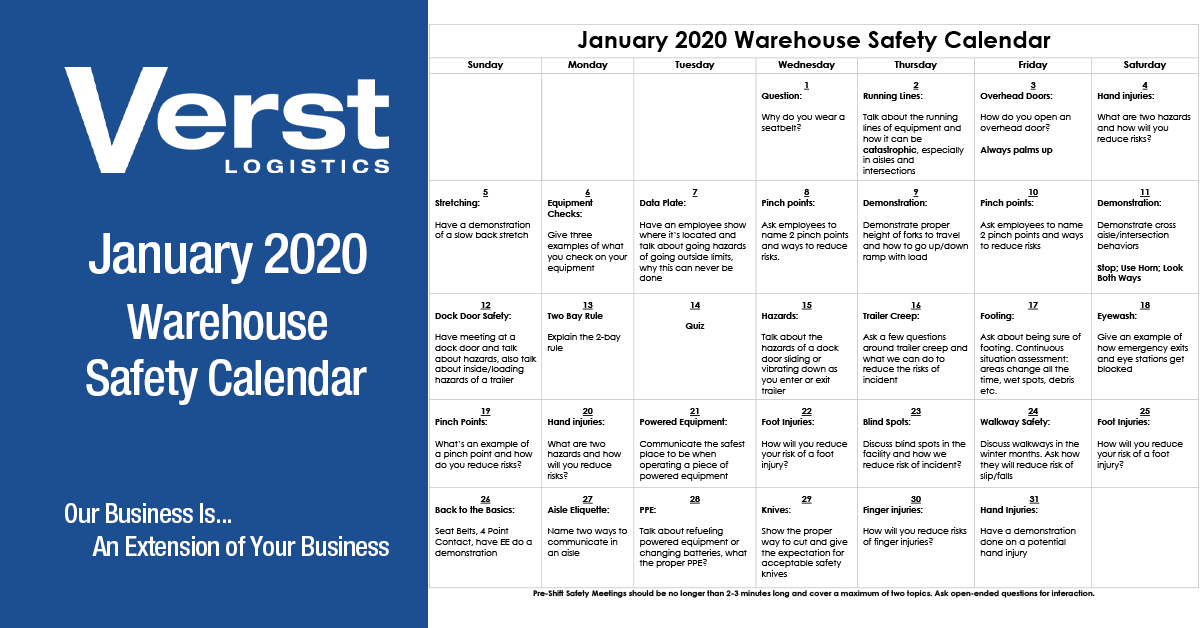
February 28, 2020
A few weeks ago, many of us watched in horror as Ryan Newman’s car suffered a potentially lethal crash during the last lap of the Daytona 500. Miraculously Newman not only survived but walked out of the hospital two days later.
Some would say Newman’s experience illustrates just how risky a NASCAR driver’s job is. But it’s also a shining example of the huge difference that a real commitment to safety can make – because ever since Dale Earnhardt Sr. lost his life during the same race 19 years ago, NASCAR has put an enormous amount of effort into minimizing drivers’ risks. As a result today’s NASCAR drivers are protected by everything from safer vehicle construction to more stringent requirements about the seatbelts they use and the fire-retardant suits they wear. Plus they’re surrounded by ground and rescue crew who have been thoroughly trained and re-trained on safety protocols.
There is no doubt that those measures saved Newman’s life.
So what does this have to do with truck driver safety? Plenty.
Although our drivers cover their miles on roads rather than tracks -- and at considerably lower speeds -- they still encounter a significant amount of on-the-job hazards. And our industry has the grim statistics to prove it.
And here’s the kicker: Those numbers are moving in the wrong direction.
According to the National Highway Safety Administration, 2018 large truck driver fatalities were the worst they’d been since 1988, with 885 large truck occupants and more than 4,500 non-truck drivers losing their lives as a result of truck collisions.
Clearly we have to work harder and do better – which is where this truck driver safety training calendar comes in.
It’s full of great ideas for short safety briefings you can conduct each workday to refresh drivers’ safety training. So that whether they’re serving customers in greater Cincinnati, like Verst, or making a cross-country transit, these drivers will have their best shot at reaching the finish line of their drives injury-free.
We hope you’ll find it helpful. Just as important, we hope you’ll actually use it, because like many of the NASCAR safety measures listed above, tools like this only work if they’re applied.
Happy briefing -- and happy early St. Patrick’s Day to all.
March 2020 Transportation Driver Safety Calendar & Meeting Topics for Discussion |
||||||
|
Sunday |
Monday |
Tuesday |
Wednesday |
Thursday |
Friday |
Saturday |
| 1 | 2 | 3 | 4 | 5 | 6 | 7 |
|
Safety Vests: When should you be wearing your safety vest? Why? |
5th Wheel: Talk about inspecting 5th wheel to make sure it is clean and properly greased. |
Cell Phone Policy: What is the cell phone policy? Why? |
Three Points of Contact: Ask: when should you use three (3) points of contact? |
Reporting Incidents: When should incidents be reported? Why? |
Smith System: Name two (2) keys to the smith system and how you apply them day to day. |
Swing Doors: Ask: who should close swing doors? When? Why? |
|
8 |
9 |
10 |
11 |
12 |
13 |
14 |
|
Ear Buds: Can earbuds be used while operating a tractor? Why? |
PPE: What PPE must you use when outside of your tractor? |
Get Out And Look (G.O.A.L.): What is GOAL? When do we use it? |
Demonstration: Use a tractor to demonstrate a proper tug test and visual check of the couple. |
Use Safety Quiz |
Dropped Trailers: What causes a dropped trailer? What can we do to minimize risk? |
Reporting Incidents: To whom do you report incidents to? When? |
|
15 |
16 |
17 |
18 |
19 |
20 |
21 |
|
Seatbelts: Ask: when should you be wearing your seatbelt? |
Smith System: Ask: what are the five (5) keys to the Smith System? |
Workplace Violence: Ask: who is responsible for closing swing doors on a trailer? Roll Doors? |
Pre-Trip Check: Name four (4) things you check before your trip? |
Awareness: Before backing, what should you do? |
Pinch Points: Demonstrate two (2) pinch points in your working area.
|
Get Out And Look (G.O.A.L.): What is GOAL? When should it be used? |
|
22 |
23 |
24 |
25 |
26 |
27 |
28 |
|
Make Sure They See You! Seek eye contact from other drivers, pedestrians on foot, and anyone else you cross paths with. |
Pinch Points: Discuss three (3) pinch points in your day-to-day duties. How can you minimize risk? |
Stop Signs: True or False: When in the yard you do not have to stop at stop signs? |
Cell Phone Policy: What is the cell phone policy? Why? |
Dropped Trailers: What causes a dropped trailer? What can we do to minimize risk? |
PPE: What PPE must you use when outside of your tractor? |
Reporting Incidents: When should incidents be reported? Why? |
|
29 |
30 |
31 |
|
|
|
|
|
Cell Phone Policy: What is the cell phone policy? Why? |
Hazards: What hazards are in your day-to-day duties and responsibilities? |
Smith System: Name two (2) keys to the smith system and how you apply them day to day. |
|
|
|
|
Tags:

March 2020 Warehouse Safety - What’s Luck Got To Do With It? Raise your hand if you believe in leprechauns. How about the magic of four-leaf clovers? “Lucky” subjects like that are fun to think about...

Safety must always be a top priority because warehouses are of the most dangerous places to work in America. But how can those risks be mitigated in order to keep employees safe and to keep the...
Resources
Connect